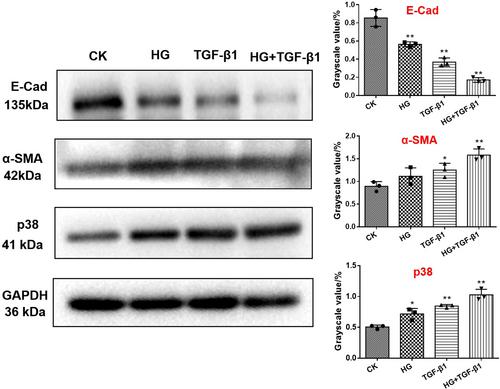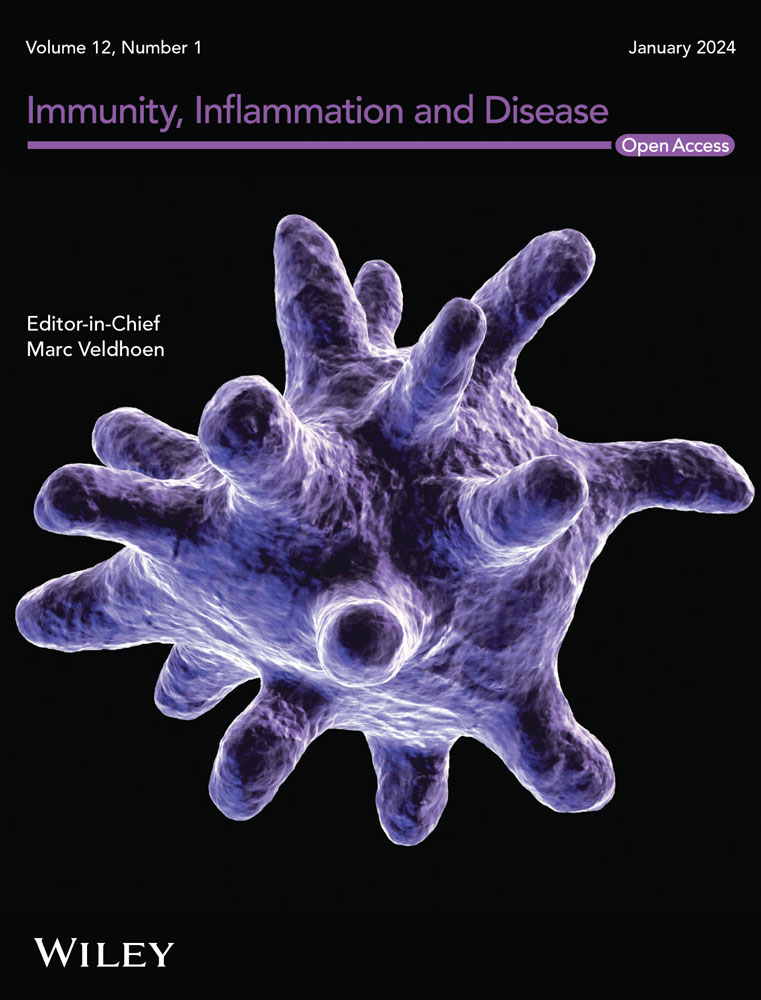Periostin Induces Epithelial-Mesenchymal Transition via p38-MAPK Pathway in Human Renal Tubular Cells by High Glucose
Abstract
Background
Periostin mediates inflammation and fibrosis by regulating extracellular matrix adhesion, migration, and differentiation in multiple organ diseases. Studies have shown periostin mainly located in the dilated mesangium, tubulointerstitial and fibrotic regions of the diabetic kidney disease, which was negatively correlated with renal function. However, the underlying mechanism remains poorly explored.
Methods
The expression of periostin in HK-2 cells was investigated under high glucose and high concentration of TGF-β1. The signaling pathway of periostin involved in epithelial-mesenchymal transdifferentiation of HK-2 cells was also validated. The expression of periostin were investigated by RT-PCR, western blot analysis and immunofluorescence assays with different concentrations of glucose and TGF-β1. The expression of E-Cad, α-SMA and p38 proteins were also detected. The effects of periostin, E-Cad, and α-SMA in high glucose were investigated by p38 inhibitors. To demonstrate the interaction among periostin, p38 and EMT markers, periostin under high glucose and high TGF-β1 was knocked down, resulting p38 and phosphorylated p38 was evaluated.
Results
The combined of high glucose (HG, 22 mmol/L) and high TGF-β1 (10 ng/mL) upregulated the expression of periostin obviously, stimulating the expression of α-SMA and p38 while inhibiting the expression of E-Cad. p38 inhibitors reduced the expression of periostin and α-SMA while promoted E-Cad protein expression in HK-2 cells under HG conditions. Additionally, p38-MAPK signal pathway was involved in epithelial-mesenchymal transition of human renal tubules in high glucose environment. Significant, knockdown periostin expression effectively inhibited the expression of p38 and phosphorylated p38 under the combination of HG and high TGF-β1, verifying the interaction of periostin with the p38-MAPK signaling pathway.
Conclusion
Periostin, a downstream factor of TGF-β1, is positively regulated by TGF-β1 under HG condition, affecting the epithelial-interstitial differentiation of HK-2 cells via p38-MAPK signaling pathway. Therefore, periostin may serve as a biomarker of renal fibrosis in diabetic kidney disease.


 求助内容:
求助内容: 应助结果提醒方式:
应助结果提醒方式:


